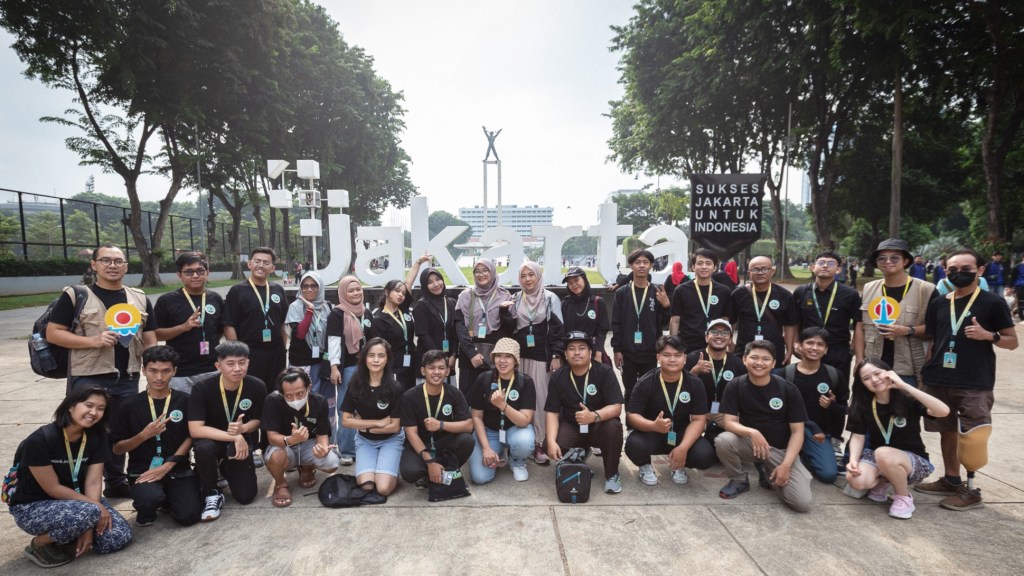Current trends among the digital citizens are leaning towards social media as a platform for sharing information through various creative content. This content usually turns something abstract into video form with an explanation that is easier to understand. This approach could actually be adopted by Wikimedians to educate others about Wikimedia projects. While this might not sound new, imagine if the exploration of Wikimedia projects were presented in a similar way and shared on social media. This would allow for greater public interest and clearly explain the Wikimedia Movement.
In the Wikimedia community, I used to be more familiar with hearing about Wikimedia project campaigns in Indonesia through specific activities like Kopdar (meetups), WikiLatih (training), or writing or proofreading competitions. These events usually get a lot of attention from the community, and we can embrace new contributors as a result.
However, i recently had a different experience when I participated in a training program called Creatio Cognito, Science Storyteller Academy. Supported by the Wikimedia Alliances Fund, this course was a series of activities organized by Indika Foundation and Kok Bisa, involving both the general public and members of local Wikimedia communities in Indonesia. The goal was to enhance participants’ skills in creating high-quality knowledge content, whether in Indonesian or regional languages. Additionally, the aim was to empower these participants to produce even more valuable knowledge content after the course ended.
During the training, i and other participants spent around three months through online sessions and completed assignments, including writing video scripts, producing content, and learning how to attract potential viewers on social media based on branding we have. I personally attempted to create a simple video about the history of scripts used in Sundanese Wikisource, while also educating viewers about exploring the Wikisource project itself. Another participant made a video about various vocabulary related to a verb in Javanese and linked it to filling in entries on Javanese Wiktionary. One participant even created a video about the uniqueness of the Nias language commonly found on the Nias Wikipedia. This method can actually be an alternative for us to sharing knowledge more elegantly. However, the challenge lies in how we find ideas from existing materials to be processed into creative content that is enjoyable. And this requires specific training and a considerable amount of time.
In the end, training program concluded with a grand event held in Jakarta from June 7-9, 2024. What impressed me most during this event was that the video content we had created was showcased in a special exhibition room. This exhibition room was open to the public during the event, allowing visitors to freely explore the creative video content. Moreover, participants also had the chance to meet content creators from various backgrounds and experienced experts in the creative sector.

Can you help us translate this article?
In order for this article to reach as many people as possible we would like your help. Can you translate this article to get the message out?
Start translation


